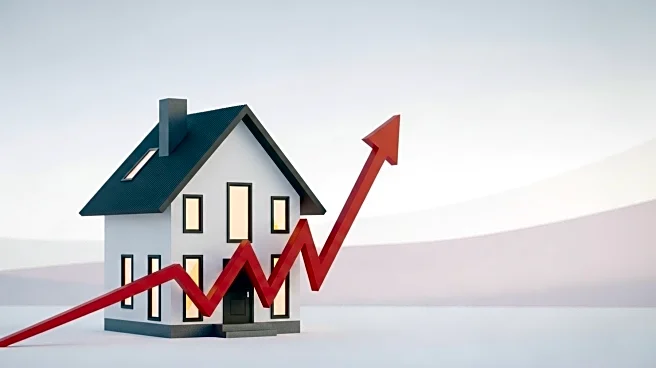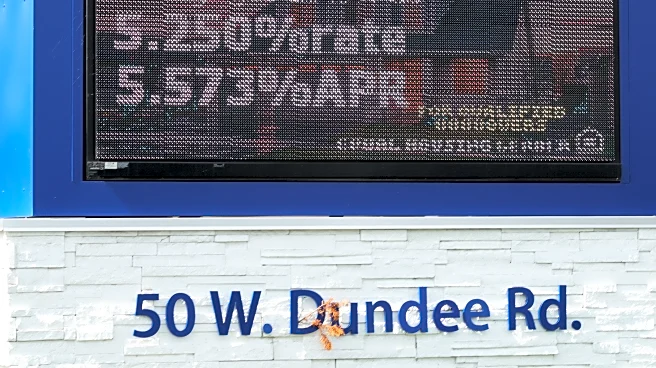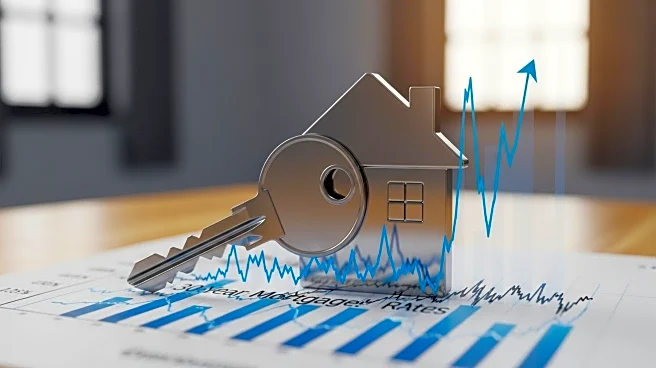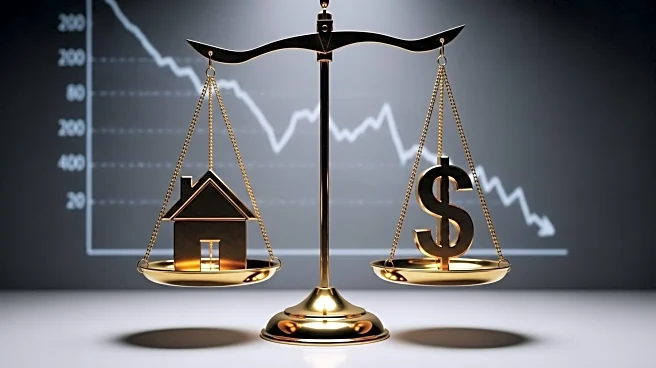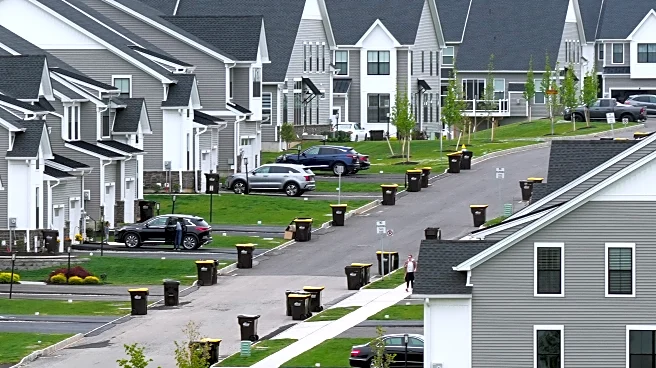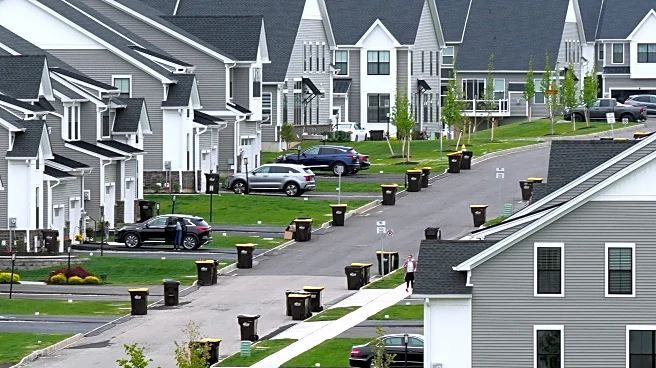What's Happening?
The average rate on a 30-year U.S. mortgage has increased to 6.3% from 6.26% last week, ending a four-week period of declining rates. This change follows the Federal Reserve's recent interest rate cut, which was the first of 2025. The increase in rates is influenced by the Federal Reserve's interest rate policy and bond market investors' expectations for the economy and inflation. The 15-year fixed-rate mortgage, popular for refinancing, also saw an increase, rising to 5.49% from 5.41% last week. Despite the rise, mortgage rates remain near 11-month lows, offering opportunities for buyers and homeowners considering refinancing.
Why It's Important?
The rise in mortgage rates could affect the housing market, which has been experiencing a slump since 2022 due to increasing rates. Sales of previously occupied homes have reached their lowest level in nearly 30 years, and the current rate increase may further discourage potential buyers. However, the recent decline in rates has encouraged many homeowners to refinance, potentially leading to increased refinancing activity. Economists expect the average rate on a 30-year mortgage to remain near the mid-6% range this year, which may continue to affect the housing market dynamics.
What's Next?
The Federal Reserve's cautious approach to future interest rate cuts may influence mortgage rates further. If rates continue to rise, it could deter homebuyers and affect the housing market recovery. Conversely, if rates stabilize or decrease, it may encourage more refinancing and home purchases. Stakeholders, including homeowners, buyers, and real estate professionals, will be closely monitoring these developments to make informed decisions.

